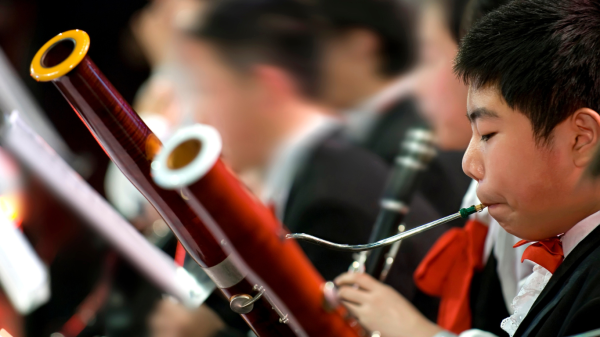- Home
- Music Tuition
- Instruments
- Woodwind
- Bassoon
Welcome to the Bassoon
If you're interested in learning to play the bassoon keep reading for some useful information about this instrument!
Who can play the bassoon? Is there a recommended age, or can size or teeth be an issue?
Adult front teeth are needed to play the bassoon. Bassoons are suitable for children in KS2 upwards. Younger/small children may require a ‘short-reach’ bassoon in order to be able to play the full range of notes
If it is not suitable for everyone, what alternative instrument would you recommend and why?
The bassoon is a double reed instrument like the oboe which gives it a distinctive sound. Oboes are smaller but require the same skills and technique.
Younger players or beginners may wish to start with the recorder or clarinet as skills can be transferred onto the bassoon as they develop as musicians.
What qualities of the bassoon are special?
The bassoon has an open and imposing low sound that is full of character. It plays the lowest notes in the woodwind section of the orchestra.
Learning to play any instrument develops lots of new skills. What are the particular benefits of playing the bassoon?
Bassoonists are always in demand in orchestras and develop excellent breath control.
How are bassoons similar/different to other woodwind instruments?
The bassoon looks very different to other instruments. It is a quite large wooden instrument with metal fittings. The ‘crook’ where the reed sits and where player blows the instrument is part way down the bassoon and the sound comes out of the bell at the top of the bassoon above the player’s head.
Are there any famous musicians or pieces associated with the bassoon?
The Grandfather from Peter and the Wolf by Prokofiev
The Sorcerer’s Apprentice by Dukas
In the Hall of the Mountain King from Peer Gynt Suite by Grieg


